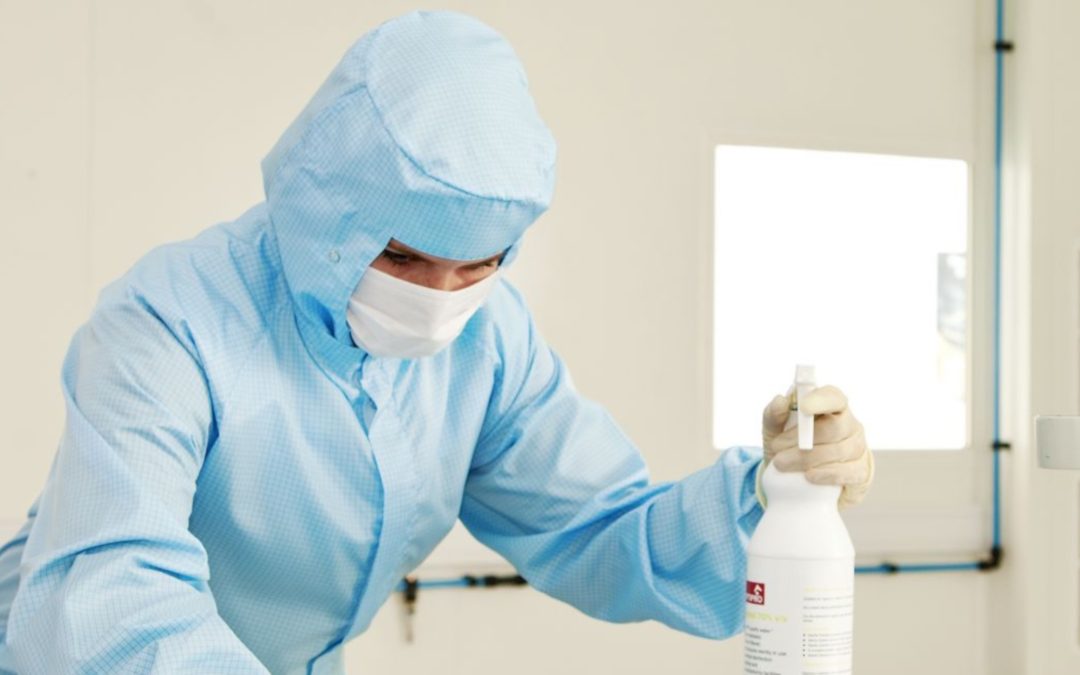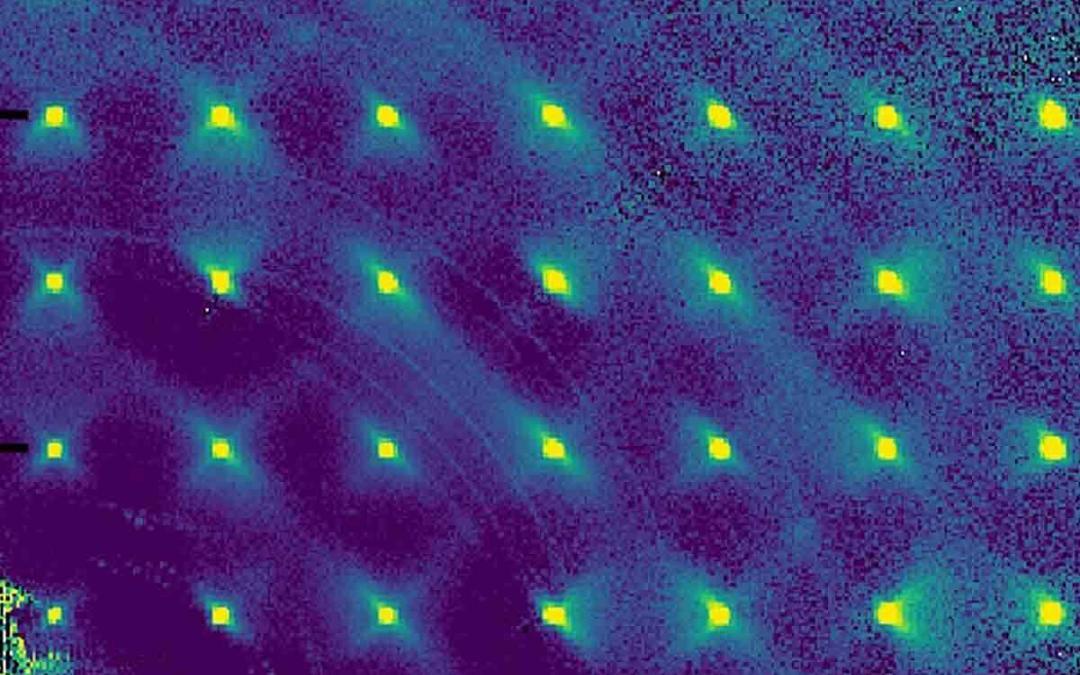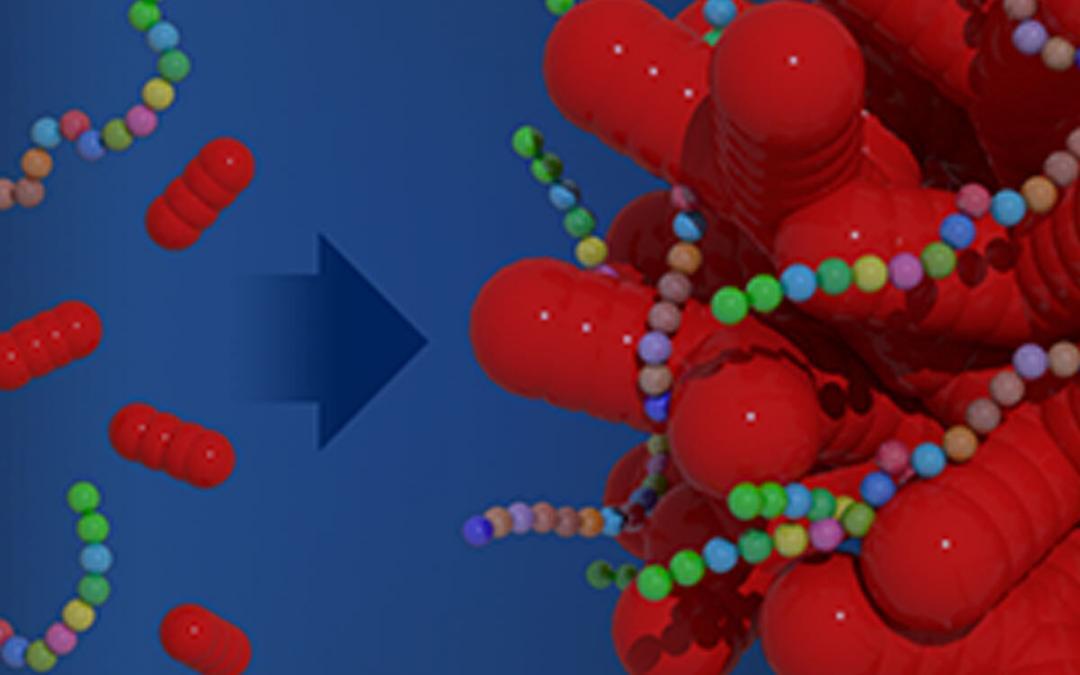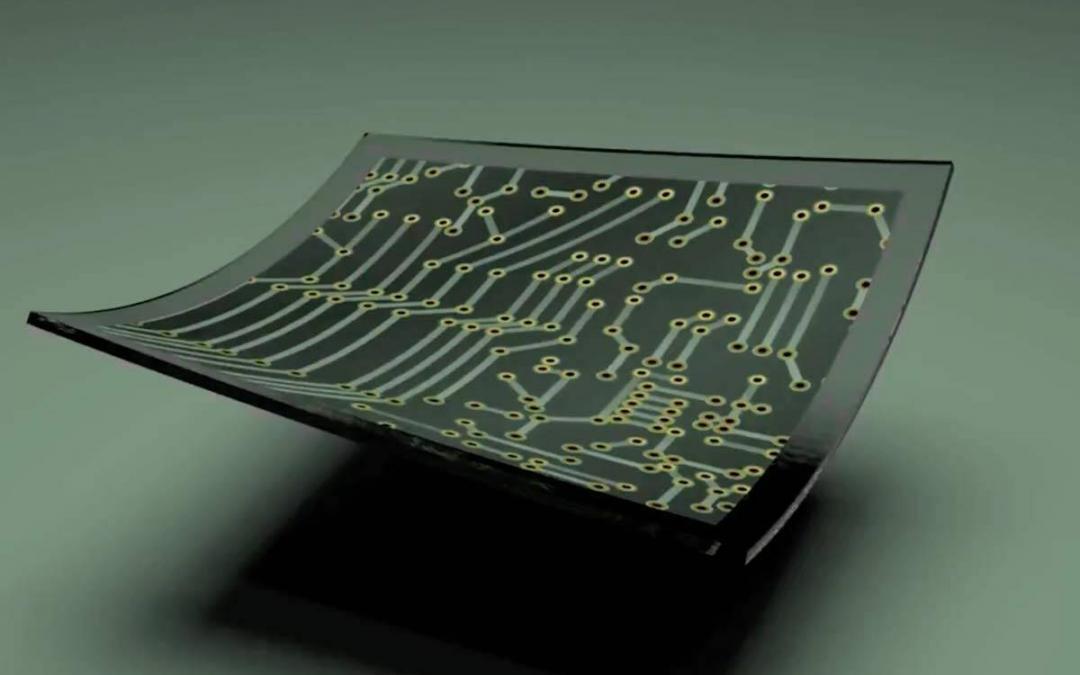
by CWS International GmbH
CWS Cleanrooms, the German based services group has acquired Specialised Sterile Environments Ltd. (SSE), an Irish company specialised in Cleanroom cleaning, decontamination and hygiene services to the Irish Pharma and Medtech industry.

by NGen
Next Generation Manufacturing Canada, the industry-led organization behind Canada’s Advanced Manufacturing Supercluster, has announced over $4.5 million in collaborative investment to scale up commercial applications of graphene nanofilms in HVAC systems for cleanrooms and other critical environment systems.

by Precision Cleanrooms
Precision Cleanrooms’ New Raleigh office will serve customers in North Carolina, South Carolina and the surrounding southeastern United States, providing turnkey cleanroom solutions and services for many industries including: pharmaceutical, biotech, medical device, and microelectronics industries.

by Syneffex Inc.
Finding a thermal insulation that can withstand the highly corrosive conditions of chemical tanks and chemical plant heat process equipment has been virtually impossible. The constant exposure to acids and bases and everything in between wreaks havoc on conventional thermal insulation and severely limits both the lifespan and performance qualities of the insulation.

by Research and Markets
Nanobubbles or ultrafine bubbles are sub-micron (~50nm to ~700nm) gas-containing cavities in aqueous solution with unique physical characteristics that differ from other types of bubbles, and have the ability to change the normal characteristics of water. Nanobubbles can exist on surfaces (surface or interfacial NBs) and as dispersed in a liquid phase (bulk NBs). Their use can contribute greatly to sustainability challenges as environmentally friendly alternative and solutions.

by Rice University
In a new study in the American Chemical Society journal ACS Nano, Rice materials scientist Jun Lou, graduate student and lead author Emily Hacopian and collaborators, including Tour, stress-tested rebar graphene and found that nanotube rebar diverted and bridged cracks that would otherwise propagate in unreinforced graphene.

by Savannah Mitchem - Argonne National Laboratory
Relaxor ferroelectrics, which are often lead-based. These materials have mechanical and electrical properties that are useful in applications such as sonar and ultrasound. The more scientists understand about the internal structure of relaxor ferroelectrics, the better materials we can develop for these and other applications.

by MIT
By developing nanoparticle “backpacks” that hold immune-stimulating drugs, and attaching them directly to T cells, the MIT engineers showed in a study of mice that they could enhance those T cells’ activity without harmful side effects. In more than half of the treated animals, tumors disappeared completely.

by Amanda Morris
DNA drives design principles for lighter, thinner optical displays Lighter gold nanoparticles could replace thicker, heavier layered polymers used in displays’ back-reflectors DNA is certainly the basis of life. Soon it might also be the basis of your electronic...

by University of Science and Technology of China
Researchers uncovered a heterogeneous catalysis strategy that deliberately targets post-C-C coupling reaction intermediates during CO2 electrochemical reduction reaction. It opens avenues to the design of efficient catalysts that selectively produce higher-carbon liquid alcohols.

by Pacific Northwest National Laboratory
Coral-shaped nanoparticles built by design using engineered peptoids. Scientists manipulate shapes while enhancing optical properties of tiny particles.Researchers have long worked to address a grand challenge in synthesis science: to design and synthesize bio-inspired functional materials that rival those found in biology.

by Advanced Science News
A flexible, durable and solvent-resistance inorganic polymer. (Allylhybridpolycarbosilane or AHPCS) was used to fabricate the microstructured AHPCS shearing blade. The wet-ability of the AHPCS micropillar surface is tunable. By controlling the shearing rate and the substrate temperature, crystal growth can occur along the moving blade.












